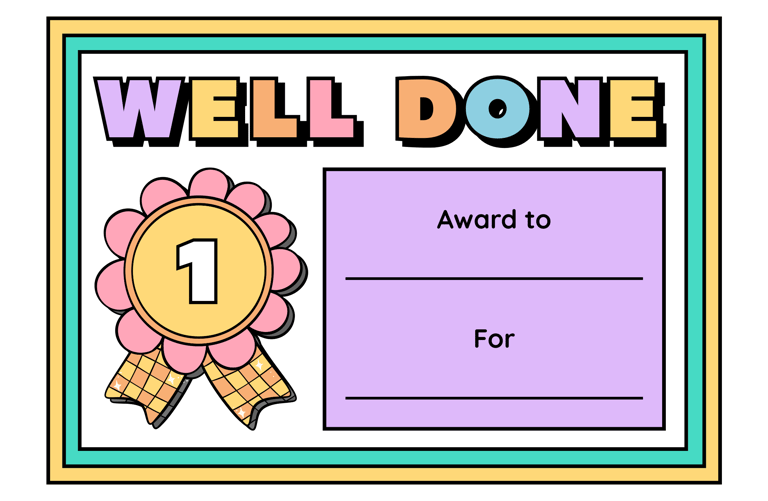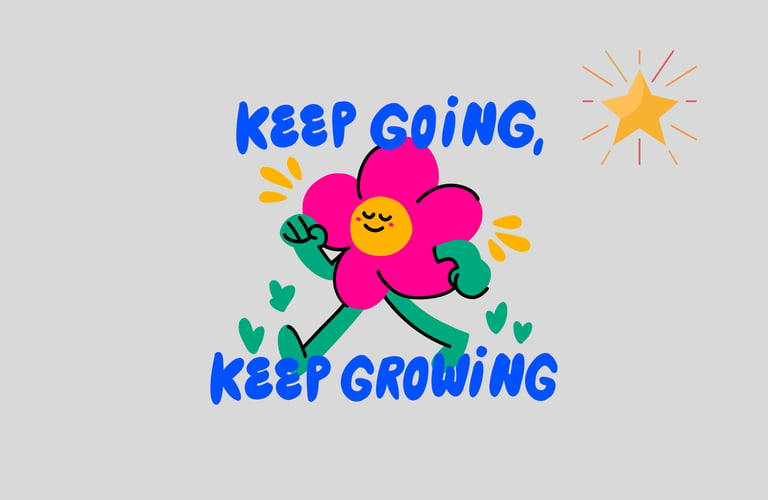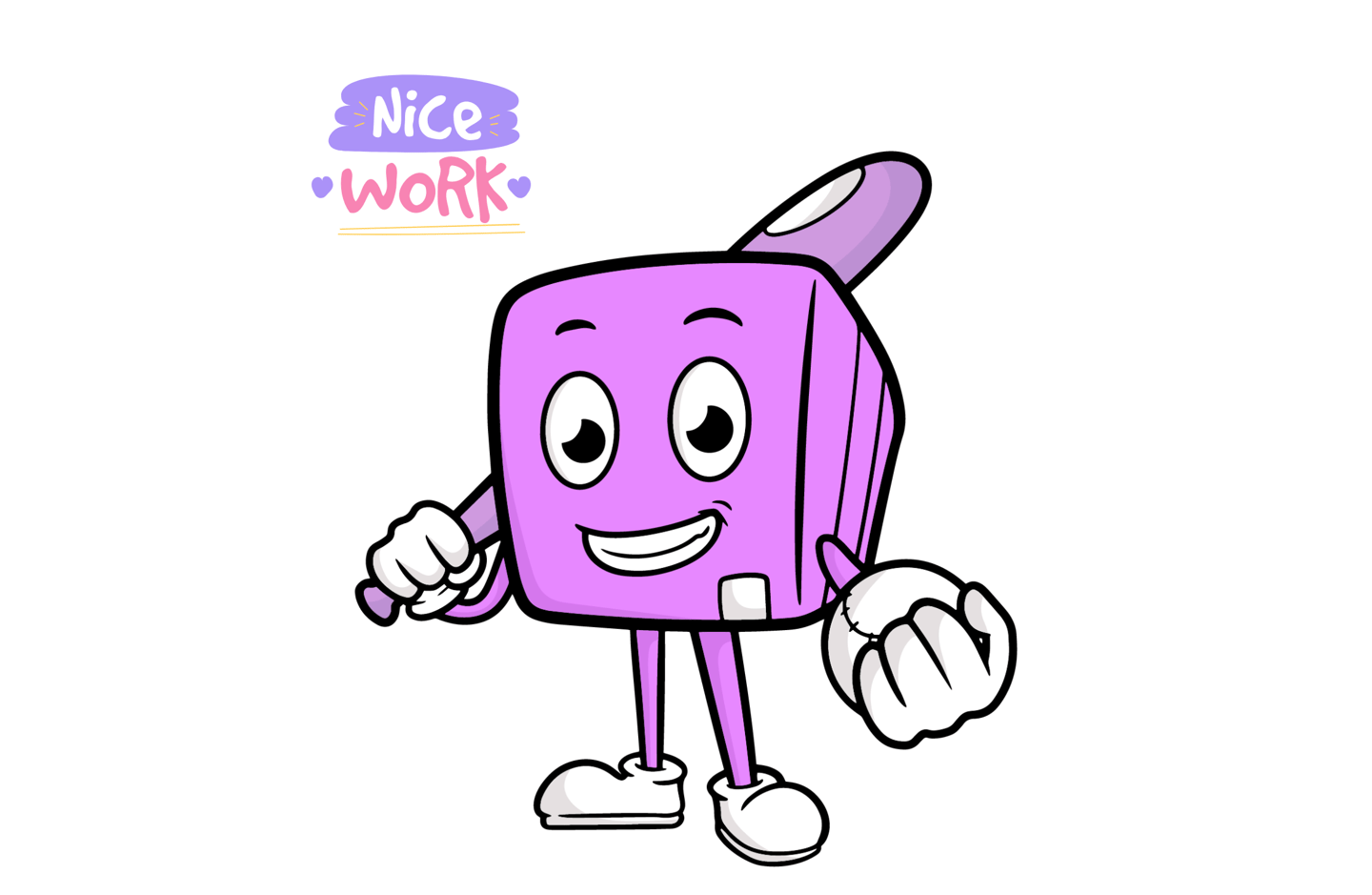How a Simple Habit Tracker Transformed Our Early Childhood Classroom


How a Simple Habit Tracker Transformed Our Early Childhood Classroom
by Dewi Griffith Ph.D
Monday morning in Ms. Harper’s preschool classroom started just like every other day. The excited chorus of “Good mornings” as backpacks were hung in a row, and the quiet scent of crayons lingered in the air.
But something was different.
As she gathered the children in a circle, Ms. Harper recognized a trend she’d been subconsciously aware of for weeks:
Liam would always forget to put away his lunchbox.
Sophie would struggle to remember to wash her hands before snack time.
Daniel would often skip his reading corner because he got distracted playing with blocks.
It wasn’t that the kids didn’t want to do these things — they just didn’t yet have the habits to keep them consistent.
The topics that we cover include the following:


How Habit Tracking Works for Young Children
Ms. Harper got a new idea on Thursday.
She put up a habit tracking chart—a colourful poster with each child’s name and a row of boxes, each with a picture icon: A lunchbox for tidying up after lunch.
A pair of hands for washing before a snack. An open book for quiet reading time. Every time a child finished a task, they could put a bright sticker in a box. It was simple, visual, and immediate.
Within a week, the classroom was a new place. Liam dashed to put away his lunchbox so that he could put his sticker on.
Sophie washed her hands without prompting, and Daniel’s row of books began to multiply. It turned daily routines from “teacher instructions” into personal goals.


The Challenge in the Classroom
Children crave routine, but memory and self-regulation skills are still developing in young children.
Verbal reminders are easy to tune out in a bustling classroom. Teachers feel like they’re “nagging” all day long.
Children get into the habit of being continually reminded rather than learning self-management skills.
McClelland et al. The 2014 study confirmed that children’s behavioural self-regulation directly reflects their still rapidly developing executive function skills between ages 3 and 7.
In other words, expecting them to remember multi-step routines without visual or tactile cues is akin to expecting them to write their name before they can hold a pencil.
Setting Up and Preparing Habit Tracking
The idea was exciting, but Ms. Harper knew that simply sticking a chart on the wall wouldn’t magically work. She needed to set the stage.
On Friday afternoon, after the children had gone home, she spread her supplies across the reading table:
- A large poster board in calming shades of soft purple and blue.
- Velcro-backed picture icons she had printed and laminated.
- Reusable sticker stars in pastel tones.
- Name tags for each child.
She thought about what habits to start with. It had to be meaningful but manageable. She chose three simple daily actions that would make the biggest difference in classroom flow:
- Unpack the backpack and put items away.
- Wash your hands before eating.
- Quiet reading time after lunch.
Before Monday, she also took one more important step — preparing the children.


On the first day, Ms. Harper had the children gather on the carpet. Instead of simply telling them about “rules,” she told them a story:
“Once upon a time, in a school not so far away, there were children who were little habit heroes. Every time they remembered to do something all by themselves, they got a magic star. The stars helped them see how strong their habit muscles were getting!”
The children gasped. Magic and hero were not words typically used to describe a chart and its “rules.” By calling it a mission, Ms. Harper made it fun and something to look forward to.
Ms. Harper also modelled each habit. She didn’t say, “Wash your hands before snack.” She walked to the sink, turned on the water, rubbed her hands for a count of 20, and dried her hands, all while smiling and talking to the children through it. Modelling was essential.
Finally, she had children practice before it “counted.” The first day, they all ran through each habit together, placing pretend stickers and cheering each other on.
Ms. Harper didn’t realise it at the time, but this practice round would prove to be more important than the real habit tracking. This practice round built children’s confidence.
By Monday, the chart was no longer just a poster on the wall. It was a mission board.
The children were no longer doing things because Ms. Harper told them to; they were collecting stars because they believed in their own “habit hero” powers.
Tips for Implementing Habit Tracking in a Classroom
Below you will find practical strategies I have applied successfully, along with expert advice from Dr. Charles Duhigg, who wrote The Power of Habit:
Keep it simple – Track only 2–3 habits at once. More than that, and it will be too much for the children.
Keep it in front of them – Keep the charts at a height that the children can easily see throughout the day.
Positive reinforcement – Words of encouragement, smiles and the occasional group reward (free time, extra story, etc) for hitting the goal. (We want to build that dopamine response!)
Involve the children – Let them pick the sticker designs so that they can take ownership.


References
Duhigg, C. (2012). The Power of Habit: Why We Do What We Do in Life and Business. Random House.
Ehri, L. C. (2005). Learning to read words: Theory, findings, and issues. Scientific Studies of Reading, 9(2), 167–188.
McClelland, M. M., et al. (2014). Self-regulation as a predictor of academic achievement in early elementary school. Child Development, 85(1), 307–319.
Skinner, B. F. (1953). Science and Human Behavior. Macmillan.
Other articles you might like
Learning Through Play
Home Reading Tips
DIY Learning Materials
